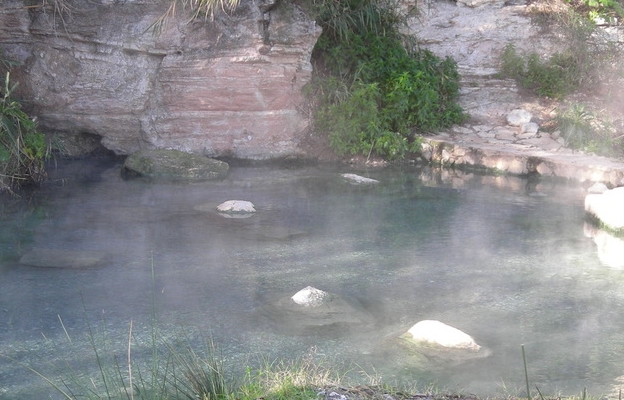THE HISTORY OF SEGESTA
Segesta is one of the most important cities of the Elymians, an ancient people known for its culture and tradition descendant of the Trojans. Segesta is characterized by a clearly visible Helenian style and it reached a leading role among Sicilian villages of the Mediterranean area so that involved Athens and Carthage in its remote hostility towards Selinunte.
In 408 B.C after destroying Selinunte thanks to Carthaginian aid, Segesta enjoyed alternately periods of prosperity before being besieged and destroyed by Agathocles of Syracuse (in 307 B.C.) who imposed it the name Diceopoli which means City of Justice.
Later, Segesta took its original name back but during the “First Punic War” surrendered to Romans who, on the basis of their common Trojan origin, allowed it a tax exemption and conceded a wide territory, so that Segesta enjoyed a new prosperity.
The city of Segesta was totally re-built following a micro-Asian model.
The result is a very spectacular aspect. For a long time it was thought that Segesta was abandoned after an invasion of Vandals, but recent studies revealed an old – ancient period, the existence of a large village in the Muslim age, followed by a Norman-Swabian settlement dominated by a castle on the top of Mount Barbaro.
Already famous for two main monuments, the Doric Temple and the Theatre, nowadays Segesta has been living a new season of discoveries, thanks to the scientific excavations focused on restoring a complete image of the city.
The city was situated on the top of Mount Barbaro (two acropolis separated by a saddle) naturally defended by steep rock walls in the east and in the south, while the less protected slope was fortified with a surrounding wall characterized by monumental doors in the classical period and later (during the first imperial age) substituted by a second wall line in a higher position.
Outside the walls, along the ancient entrance roads to the city, there are two important sacred places: the Doric Temple (430-420 B.C.) and the Sanctuary of Contrada Mango (VI-V sec. B.C.) and also a Hellenistic necropolis.The urban planning of Segesta is still being studied: some possible road layouts, the Agorà area and some habitations have been traced.
Some more recent remains of Segesta are visible on the north side of Acropolis, where the theatre is: the Castle, the Mosque and the Church founded in 1442 on a multi-layered land.
TOURIST INFORMATION
GUIDED TOURS

